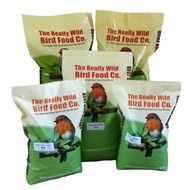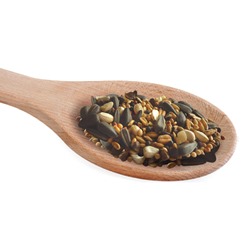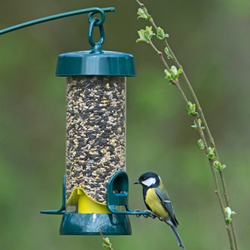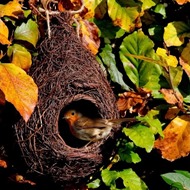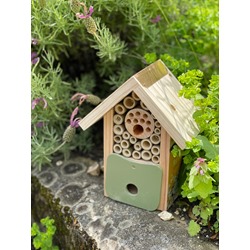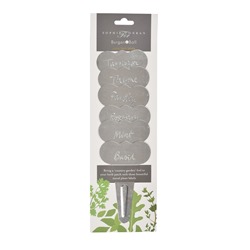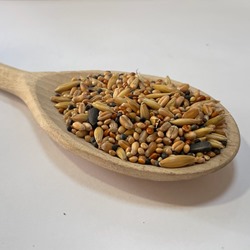
Spring is almost here, which means that birds up and down the country will be preparing for the arrival of their youngsters by building cosy nests up in the trees.
Birds only spend a short amount of time building their nests, but still manage to build them in a design that's completely unique to their breed.
If you spend some time amongst nature during March and April, you'll be able to see nests cropping up all over the place!
The nest-building process
The building process often starts in a rather unruly way. First, sticks and twigs are dropped into the chosen tree. With a bit of luck, some of these sticks will become lodged in the tree's branches. Over time, these sticks that have been dropped begin to build up to form a very loose 'outline' of a nest. (It's okay, the birds will be back to neaten it up later).
Birds use their sharp beaks to manipulate and weave the fibres of their nest together. Then, birds rely on spider webs or mud to strengthen their nests, turning a loose group of twigs into a structurally sound home. Some birds even use their own saliva as a type of nest 'glue'.
Different types of bird nest
In the same way that we humans have different preferences when it comes to finding a home, different species of birds build their nests in different ways. Let's take a look at some of the different kinds of bird nests on the market.
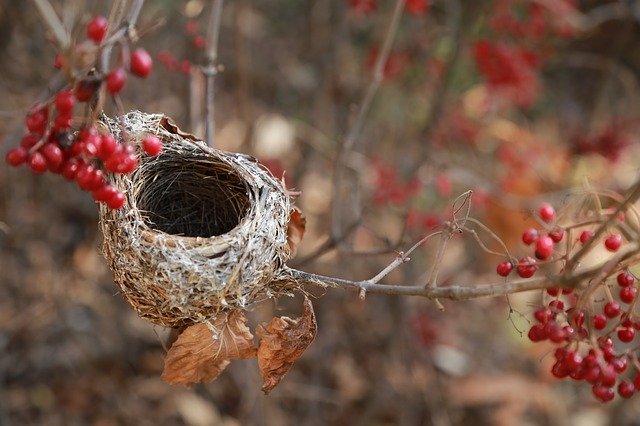
Cup Nests
The cup nest is one of the most common bird nests out there and is definitely the first thing that springs to mind when you think of a 'birds nest'. As the name suggests, these bird nests are rounded or 'cup'-like. Birds that build cup nests rely on all kinds of materials to build their nests. They use twigs, grass, moss, leaves (pretty much anything they can get their beaks on) to form the foundations of their homes.
To help birds that rely on materials to build their nests, you could leave natural fibres and plant material in your garden for them to collect. For birds like house martins, song thrushes and blackbirds, a muddy puddle is vital for their nest-building efforts. If it's been particularly dry, why not create a muddy patch or puddle in your garden for them to visit?
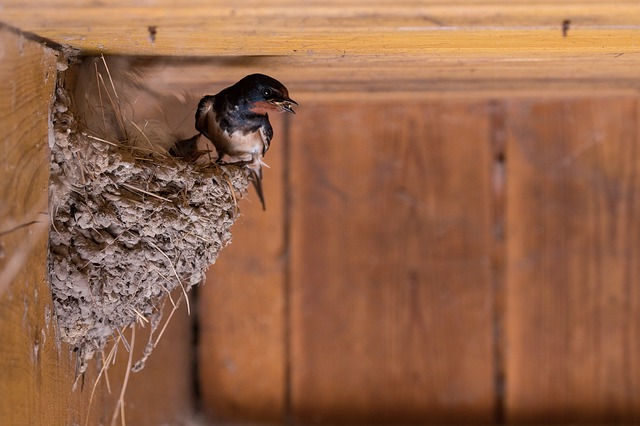
Adherent Nests
Birds like swallows prefer to build their home on the side of someone else's (maybe yours!). These birds nests can often be seen stuck to the side of buildings or trees and are made of a sticky mixture of mud and saliva. Unlike cup nests, these nests tend to be more 'jug'-like with holes in the sides for doors. This is an impressive feat of architecture for such a small bird!
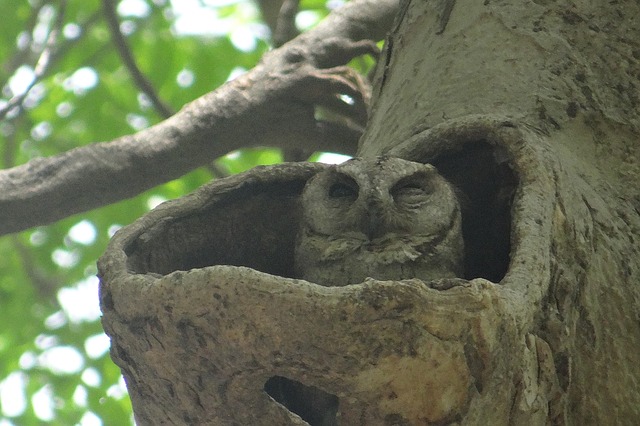
Renting a spot
While most birds like to build their own nest in a prime location, there are a few species that will happily occupy the nests of other birds. Tits and owls will happily take advantage of existing nests or holes in trees to shelter their young. This saves time, energy and resources! Pretty nifty don't you think?
If you want to help your local birds out as they search for the perfect place to live, why not buy a nest box for your garden? Our nest boxes will encourage birds into our garden, perfect if you want to get a closer look. Be sure to share your photos with us on Facebook and Twitter!
Buy Nest Boxes >>
 Back
Back Bird Foods
Bird Foods
 Seed Mixes
Seed Mixes Straight Seeds
Straight Seeds Mealworms & Worms
Mealworms & Worms Chicken Feed
Chicken Feed Duck Food
Duck Food Peanuts & Peanut Butter
Peanuts & Peanut Butter Suet & Fat Balls
Suet & Fat Balls No Mess Bird Seed
No Mess Bird Seed Wheat Free Bird Seed
Wheat Free Bird Seed Sunflower Seeds
Sunflower Seeds Softbill Bird Food
Softbill Bird Food Bulk Bird Seed
Bulk Bird Seed Trial Packs
Trial Packs Pick & Mix
Pick & Mix Mini Pick & Mix
Mini Pick & Mix Birdie Basics: Budget Bird Food
Birdie Basics: Budget Bird Food Food for Small Birds
Food for Small Birds Back
Back Bird Feeders
Bird Feeders
 Seed Feeders
Seed Feeders Peanut Feeders
Peanut Feeders Peanut Butter Feeders
Peanut Butter Feeders Suet & Fat Feeders
Suet & Fat Feeders Window Feeders
Window Feeders Hanging Feeders
Hanging Feeders Feeding Stations
Feeding Stations Ground Feeders
Ground Feeders Easy Clean Feeders
Easy Clean Feeders Bird Tables
Bird Tables Seed Trays
Seed Trays Bird Baths & Drinkers
Bird Baths & Drinkers Feeder Accessories
Feeder Accessories Feeder Hygiene
Feeder Hygiene Squirrel Proof Bird Feeders
Squirrel Proof Bird Feeders For the Kids
For the Kids Niger Seed Feeders
Niger Seed Feeders Mealworm Feeders
Mealworm Feeders Bird Food Storage
Bird Food Storage Fat Ball Feeders
Fat Ball Feeders Tube Feeders
Tube Feeders



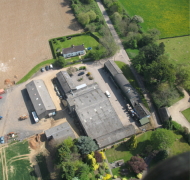 Our Farm
Our Farm
 Tips & Advice
Tips & Advice
Contact Us

